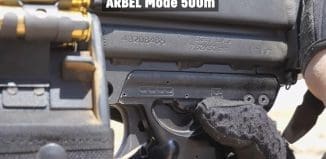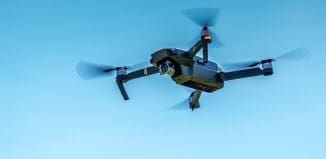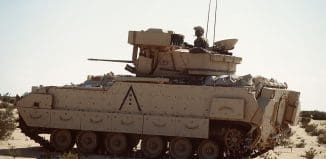Innovative Materials to Improve Warrior Body Armor
This post is also available in:  עברית (Hebrew)
עברית (Hebrew)
Body armor is not all about stopping bullets. There are many factors that affect how wearable armor is, which in turn impacts how and when it will be worn. If body armor is too heavy, too bulky, too restrictive, too hot, it will diminish the wearer’s effectiveness in the field.
The heavy weight of the soldier’s load became a serious issue during the Afghanistan campaign. The ever-present threat of improvised explosive devices meant that soldiers needed to be as protected by as much body armor as possible. However, at the same time, the difficult terrain and harsh environmental conditions tested soldier endurance to the extreme, meaning that while the onus remained on safety, new technologies were needed to minimise weight.
According to army-technology.com, the US military’s next iteration of body armor will focus on reducing weight further and increasing scalability to allow the wearer to adjust his equipment depending on the threat level and mission at hand.
The new Torso and Extremity Protection System (TEP) in development at Program Executive Office Soldier is part of the new Soldier Protection System. It includes a modular scalable vest, ballistic combat shirt, blast pelvic protection system, and a battle belt, which is aimed at getting weight off a soldier’s shoulders and onto the hips.
At its highest protection level the TEP will provide protection levels on par with its predecessor, while at the minimum will consist of wearing soft armor garments under the uniform. The ballistic combat shirt is made of a breathable fabric with smaller ballistic protection parts built in, to be worn under the TEP’s modular scalable vest.
The system is flagged for roll-out in 2018 or 2019, following the completion of ballistic testing.
Liquid armor is another technology in this field, with companies such as BAE Systems looking to apply the technology to emerging requirements. Liquid armor is a material that hardens very quickly when struck by a projectile at speed, in order to absorb the impact energy. The material offers increased protection with reduced mass, wider area coverage and greater wearer maneuverability, and can also be integrated with other systems, including being incorporated into standard Kevlar body armor.
According to BAE Systems, when combined with Kevlar, the reduced flow of the fluids in the liquid armor restricts the motion of the fabric yarns. This means an increase in area over which the impact energy is dispersed. The material is therefore far less likely to distort than standard body armor, which generally bends inwards when a bullet strikes, preventing death but causing considerable pain. Indeed, studies show that when combined these two materials offer ‘superior freedom of motion and a reduction in overall thickness of up to 45 percent.





























